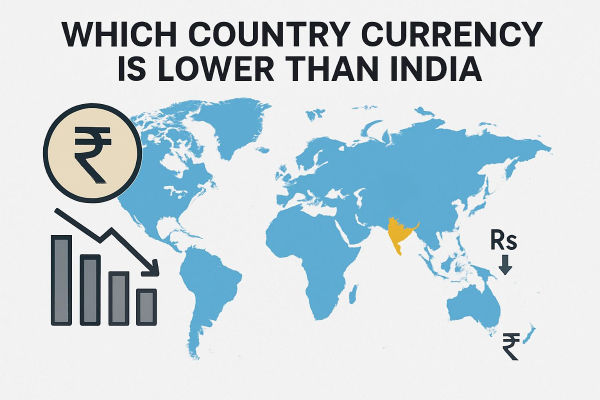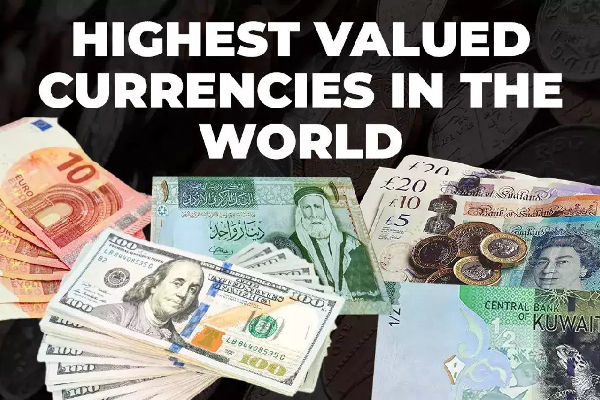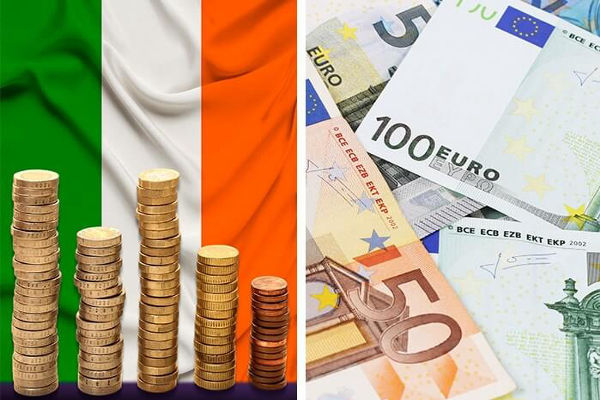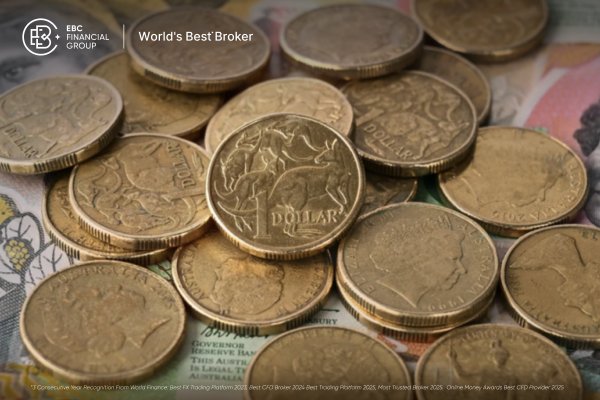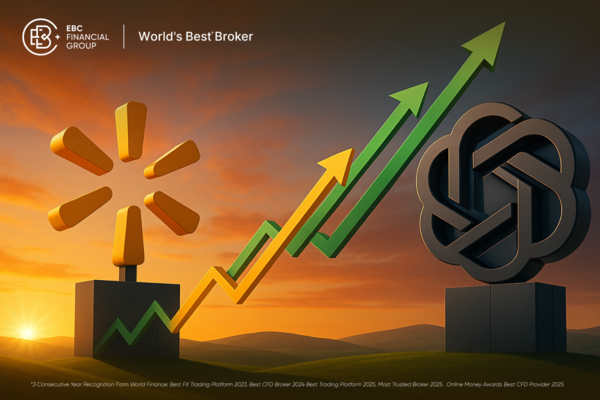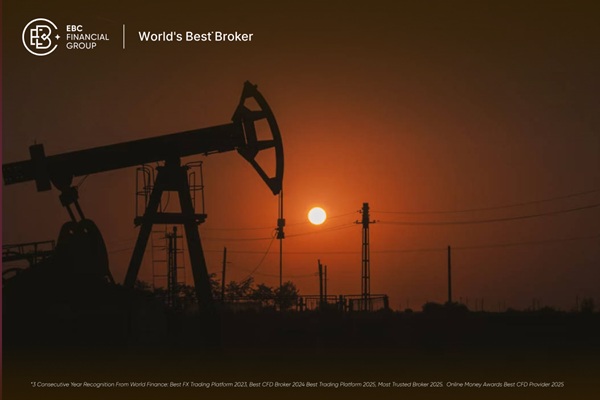In 2025, Asia boasts some of the world's strongest and most resilient currencies, a reflection of economic stability, oil wealth, strategic pegs, and financial reserves.
For companies, investors, and traders, identifying which Asian currencies have the greatest purchasing power and stability can improve financial decisions.
Here's an updated ranking and deep dive into the top ten strongest Asian currencies this year.
Top 10 Asian Countries with High Currency
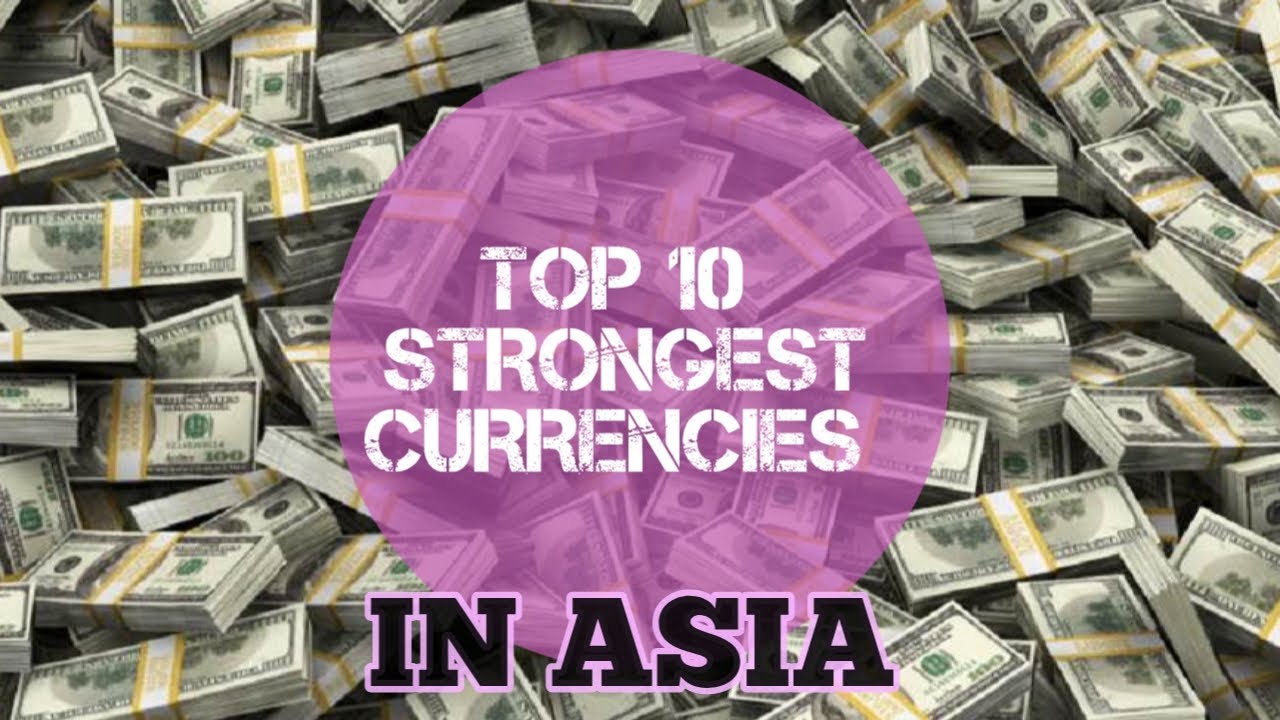
1. Kuwaiti Dinar (KWD)
The strongest currency in Asia and the world, the Kuwaiti dinar's value—around 3.25 USD per KWD—is underpinned by vast oil reserves, strict fiscal controls, and a managed currency peg to a basket of major currencies.
Its stability reflects Kuwait's disciplined monetary framework and sovereign wealth backing.
2. Bahraini Dinar (BHD)
Trading at ~2.65 USD, the Bahraini dinar maintains a tight peg to the U.S. dollar.
The country relies heavily on oil exports and offshore banking, which contribute to a consistent flow of foreign exchange. Robust governmental regulation and economic changes contribute to maintaining the dinar's stability.
3. Omani Rial (OMR)
Valued at around 2.60 USD, the OMR is protected by a dollar peg and Oman's conservative fiscal policies.
Though dependent on hydrocarbons, Oman has diversified slightly and managed to uphold confidence in its currency through external reserves and moderate inflation.
4. Jordanian Dinar (JOD)
Despite having limited natural resources, the Jordanian dinar maintains a strong value of around 1.41 USD due to careful monetary strategies and its link to the U.S. dollar.
Foreign aid, remittances, and tight central bank control provide critical support for the dinar's purchasing power.
5. Brunei Dollar (BND)
At parity with the Singapore dollar (~0.73 USD), the Brunei dollar's strength lies in its oil and gas revenue and the monetary agreement with Singapore.
Brunei's small population and high GDP per capita contribute to its strong external balance and low inflation.
6. Singapore Dollar (SGD)
The SGD is one of Asia's most actively managed currencies. Trading around 0.73 USD, it benefits from Singapore's robust financial system, low inflation, and diversified export economy.
The Monetary Authority of Singapore (MAS) employs a currency band framework rather than interest rates to regulate inflation and economic expansion.
7. Azerbaijani Manat (AZN)
Valued near 0.588 USD, Azerbaijan's manat gains strength from oil exports, natural gas pipelines to Europe, and growing investment in non-oil sectors.
The central bank maintains the currency's value by actively managing reserves and intervening in the currency market when needed.
8. Saudi Riyal (SAR)
Pegged at 0.266 USD, the Saudi riyal is backed by the Kingdom's oil exports and the strength of Aramco.
Since 1986, the currency has maintained its fixed rate, with saudi arabia's central bank utilising its substantial foreign exchange reserves to uphold parity despite fluctuations in oil prices.
9. United Arab Emirates Dirham (AED)
The dirham holds steady at 0.272 USD thanks to its fixed exchange rate and the UAE's diversified economic engine.
Dubai's trade, tourism, and finance sectors complement Abu Dhabi's oil wealth, establishing the dirham as one of the area's most stable currencies.
10. Qatari Riyal (QAR)
The QAR trades close to 0.274 USD, supported by the country's vast natural gas reserves and high per-capita income.
Qatar maintains a fixed peg to the USD and uses its sovereign wealth fund and trade surpluses to defend its currency.
Honourable Mentions: Noteworthy Currencies
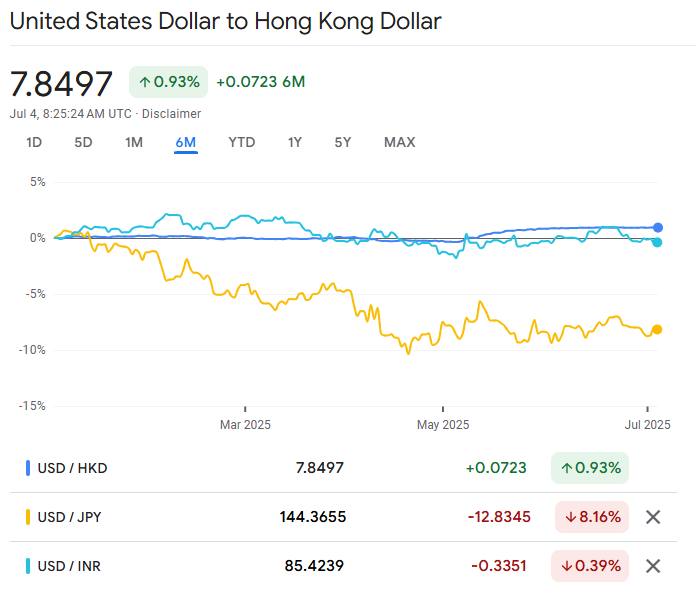
The Hong Kong Dollar (HKD) stays fixed at 7.80 HKD/USD, supported by the Linked Exchange Rate System.
The Japanese Yen (JPY), despite its weakness, has risen to approximately 71–72 JPY/USD in 2025, supported by changes in BOJ policies.
The Indian Rupee (INR) is currently valued at approximately 85 INR/USD, supported by robust capital inflows ahead of discussions on a U.S.–India trade agreement.
Why These Currencies Are Strong
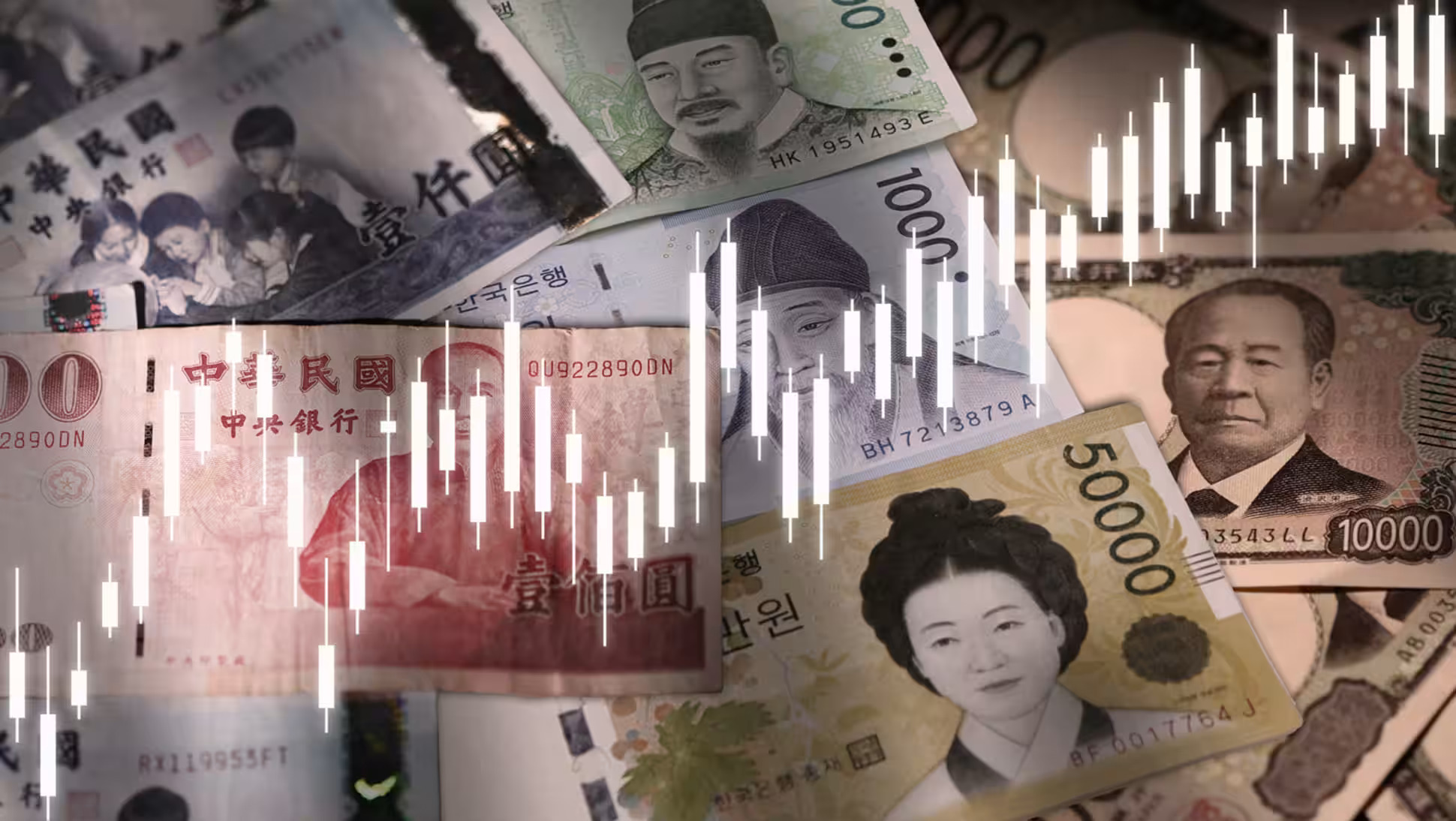
Each currency in the top ten draws strength from distinct pillars:
Oil and Gas Wealth: GCC currencies maintain value through rigid USD pegs and hydrocarbon revenues.
Fiscal and Monetary Discipline: Kuwait, Singapore, and Jordan exhibit conservative approaches, minimal inflation, and robust reserves.
Strategic Pegging: Tying currencies to USD (e.g., SAR, AED, HKD) provides stability amid global fluctuations.
Small, Managed Economies: Brunei and Oman utilise demographic trends and sovereign wealth to ensure macroeconomic stability.
Export and Financial Services Powerhouses: Singapore's diverse economy undergirds its currency's strength.
Outlook: Currency Outlook into Late 2025
USD Weakness Benefits
A weak dollar in H1 2025—from a broad 10.8% decline—has lifted currencies like the NTD, KRW, and SGD.
Asian Currency Rally
Taiwan's dollar surged 12%, Korea's won and India's rupee saw notable gains as global sentiment shifted.
Policy Divergence
While the Fed pauses, countries like Japan delay tightening, boosting the JPY.
As for the outlook for the remainder of 2025:
GCC currencies are anticipated to remain stable at their current pegs
SGD, AED, and SAR remain anchored, barring global shocks or policy shifts.
JPY may appreciate modestly if BOJ tightens.
INR may stay within the 85–86 range, with variations influenced by trade and capital flow changes
Conclusion
In 2025, the strength of these top Asian currencies reflects more than just favourable exchange rates; it highlights deep economic resilience, sound monetary policy, and, in many cases, strategic resource management.
For investors, businesses, and traders, these currencies provide not only purchasing power but also insight into which nations are best positioned to weather global financial volatility.
Disclaimer: This material is for general information purposes only and is not intended as (and should not be considered to be) financial, investment or other advice on which reliance should be placed. No opinion given in the material constitutes a recommendation by EBC or the author that any particular investment, security, transaction or investment strategy is suitable for any specific person.










